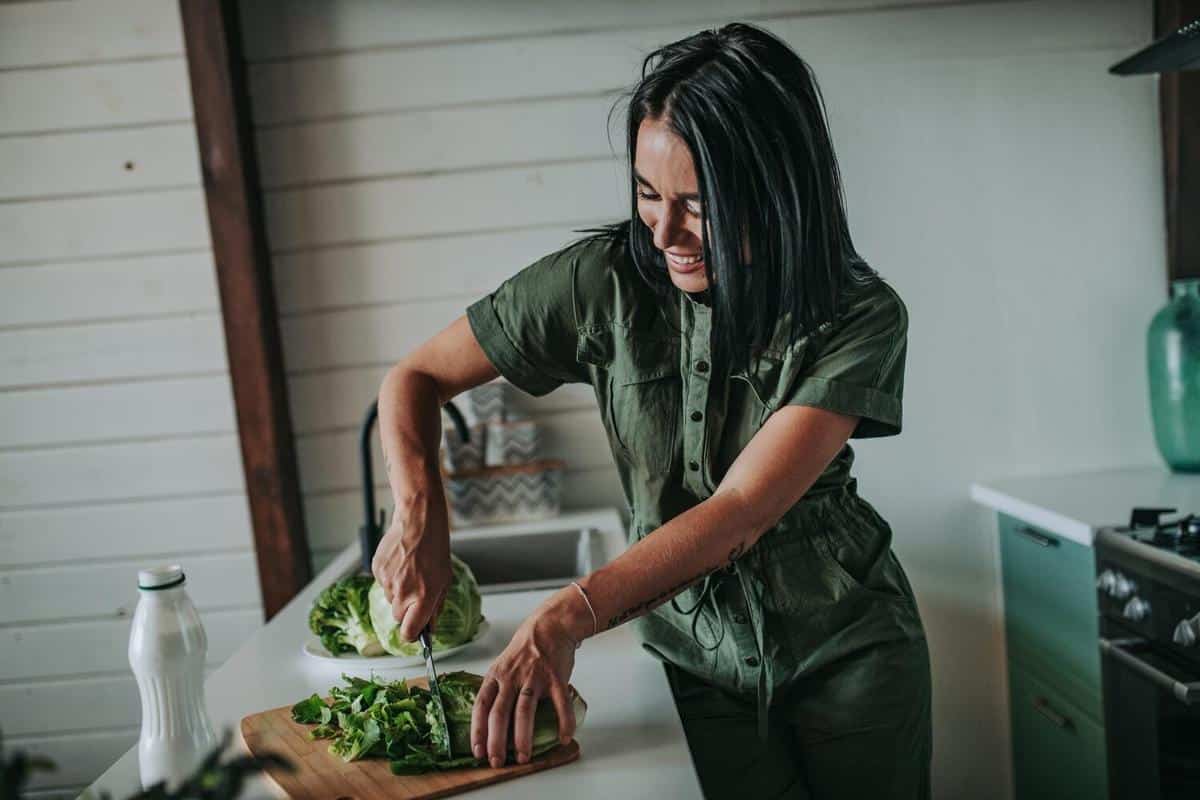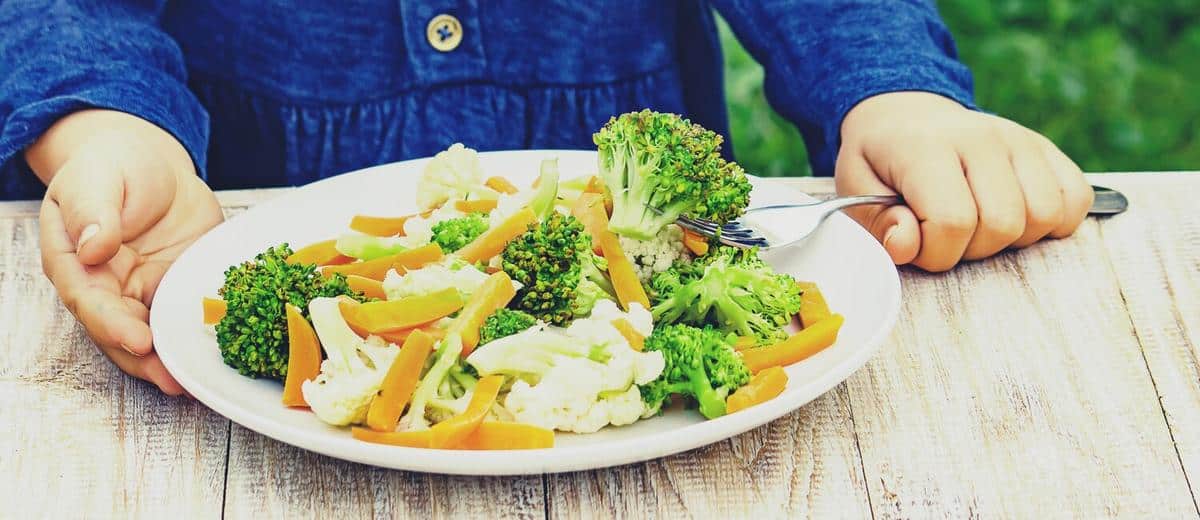
Intro to Molecular Gastronomy: Turning Meals into Molecular Marvels
Molecular gastronomy is revolutionizing the culinary world, transforming traditional dishes into multi-sensory experiences that intrigue both the palate and the mind. This innovative approach to cooking applies scientific principles to create culinary art, bringing out new textures, flavors, and presentations that captivate diners and chefs alike.
In the realm of culinary arts, molecular gastronomy stands as a beacon of innovation, merging science with the art of cooking to create dishes that are as visually stunning as they are delicious. This discipline explores the physical and chemical transformations of ingredients that occur in cooking, leading to remarkable culinary creations.
Understanding Molecular Gastronomy
At its core, molecular gastronomy seeks to understand the science behind cooking processes. By studying how ingredients react under different conditions, chefs can manipulate textures and flavors in groundbreaking ways. For instance, using liquid nitrogen to instantly freeze ingredients or employing agar-agar to create gels.
Expert Insights
Renowned chef Heston Blumenthal, a pioneer in this field, emphasizes the role of curiosity in molecular gastronomy. In his words, “Cooking is about being curious, and molecular gastronomy is the ultimate expression of that curiosity.” This approach encourages chefs to experiment and push the boundaries of traditional cooking.
Statistics and Research
Research indicates that textures play a critical role in the perception of flavor. A study published in the Journal of Food Science found that texture can enhance or diminish the flavor perception of certain ingredients, underscoring the importance of molecular techniques that focus on textural innovation.
Personal Anecdotes
Consider a chef who transformed a simple tomato soup into a deconstructed masterpiece. By separating the soup into its fundamental components, each element was presented as a unique taste experience, challenging diners to reconsider their understanding of a classic dish.
How to Get Started with Molecular Gastronomy
- Begin with basic techniques like spherification, which involves creating liquid-filled spheres that burst in the mouth.
- Invest in essential tools such as a precision scale, a sous-vide machine, and a siphon for foaming techniques.
- Experiment with accessible ingredients like gelatin, agar-agar, and lecithin to explore new textures.
Start small by incorporating one molecular technique into a familiar recipe. This allows for manageable experimentation without overwhelming the dish.
Exploring Tools and Techniques
| Technique | Purpose | Common Ingredients |
|---|---|---|
| Spherification | Create liquid-filled spheres | Calcium lactate, sodium alginate |
| Foaming | Add texture and volume | Lecithin, nitrous oxide |
| Gelification | Change liquid to gel | Agar-agar, gelatin |
| Emulsification | Mix liquids that usually separate | Lecithin, mustard |
| Freezing | Texture transformation | Liquid nitrogen |
| Dehydration | Intensify flavors | Fruits, vegetables |
| Caramelization | Add sweetness and depth | Sugar |
| Infusion | Flavor enhancement | Herbs, spices |
Frequently Asked Questions
What is the main goal of molecular gastronomy?
The primary aim is to explore the science behind cooking processes to innovate and create new textures and flavors.
Is molecular gastronomy safe?
Yes, when conducted properly with food-grade chemicals and techniques, it is safe and used in many high-end kitchens worldwide.
Can I try molecular gastronomy at home?
Absolutely! Start with simple techniques and gradually build your expertise.
Conclusion
Molecular gastronomy offers an exciting avenue for culinary innovation, inviting chefs and home cooks to experiment and explore the science of cooking. By embracing these techniques, anyone can elevate their culinary creations into sensational experiences. So, why not take the first step and transform your kitchen into a laboratory of flavor and creativity?


